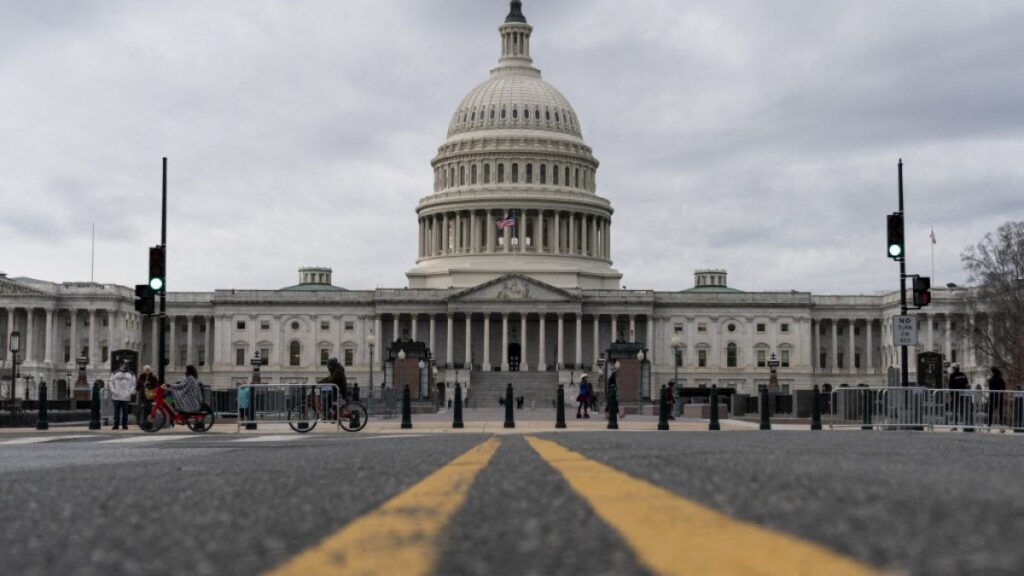That figure equates to about $111,000 in debt for every American, according to the think tank.
Published October 23, 2025
The U.S. national debt has surpassed $38 trillion, as the gap between government spending and revenue widens rapidly in the world’s largest economy.
The U.S. Treasury included some staggering numbers in its latest report on the nation’s finances, with the debt standing at $38,019,813 as of Tuesday.
Recommended stories
list of 4 itemsend of list
According to the Peter G. Peterson Foundation, a Washington, D.C.-based think tank, that figure equates to about $111,000 in debt for each American citizen, or the combined economic value of China, India, Japan, Germany and the United Kingdom.

The milestone comes just over two months after U.S. debt exceeded $37 trillion in mid-August. Debt stood at $36 trillion in November 2024 and $35 trillion in July of the same year.
Michael A. Peterson, CEO of the Peter G. Peterson Foundation, said U.S. lawmakers have failed to meet their “fundamental fiscal obligations.”
“Adding trillions and trillions in debt and budgeting in response to a crisis is not the way a great country like the United States should manage its finances,” Peterson said in a statement.
“Instead of letting the debt clock tick upward, lawmakers should take advantage of a number of responsible reforms that will put our country on a stronger path for the future.”
In May, Moody’s Ratings downgraded the U.S. government’s credit rating from Aaa to Aa1, citing successive administrations’ failure to “reverse the trend of large annual budget deficits and rising interest costs.”
The move follows similar downgrades by rating agencies Fitch and Standard & Poor’s in 2011 and 2023, respectively.
Although there is debate among economists about how much debt the United States can take on before triggering a financial crisis, there is wide agreement that the current trajectory is unsustainable.
In a 2023 analysis, economists at the Penn Wharton Budget Model estimated that financial markets would not tolerate U.S. debt levels exceeding 200% of gross domestic product.
The nonpartisan Congressional Budget Office estimates that debt could reach 200% of GDP by 2047, thanks in part to the massive tax cuts included in President Donald Trump’s One Big Beautiful Bill Act.


